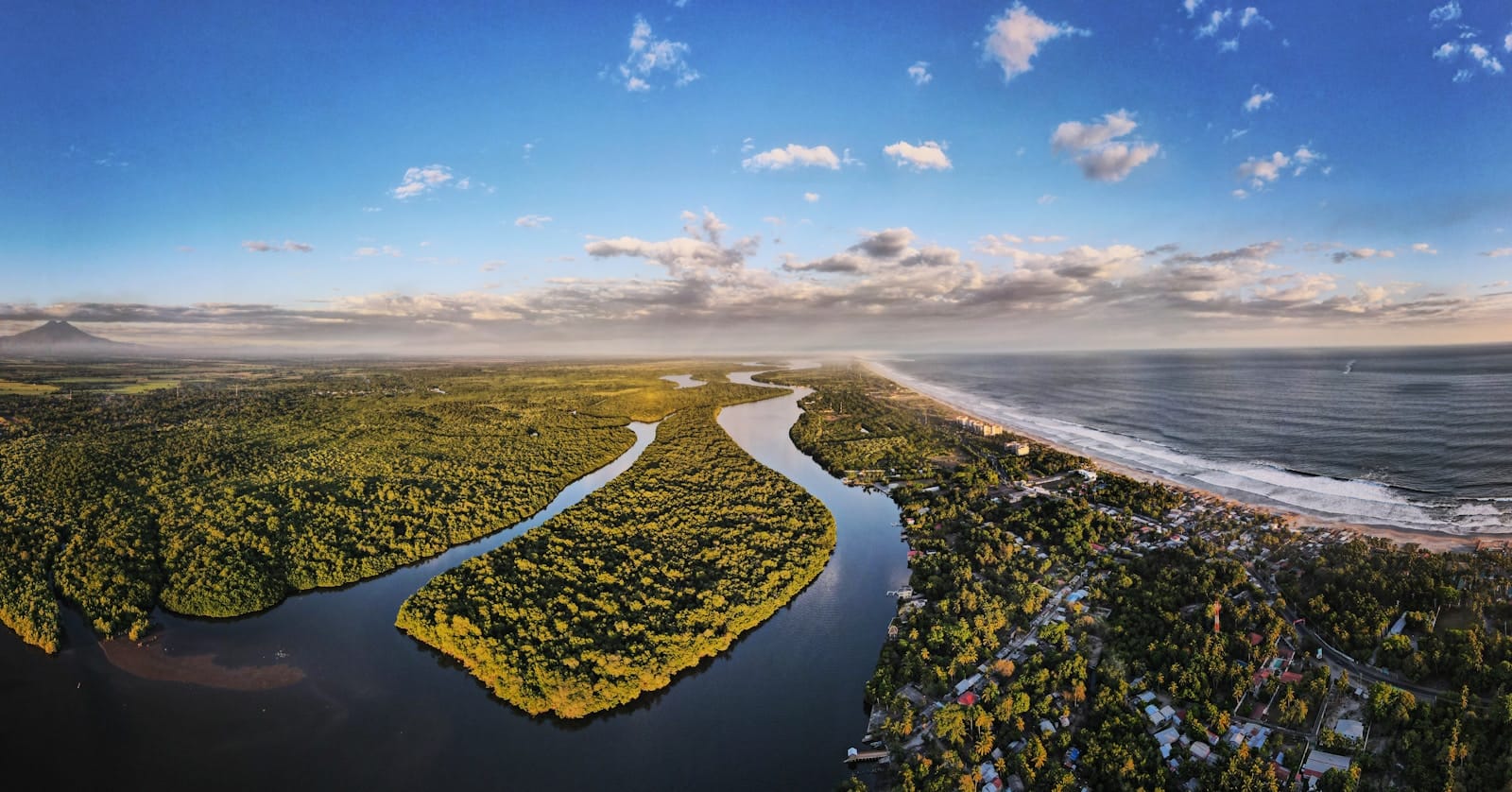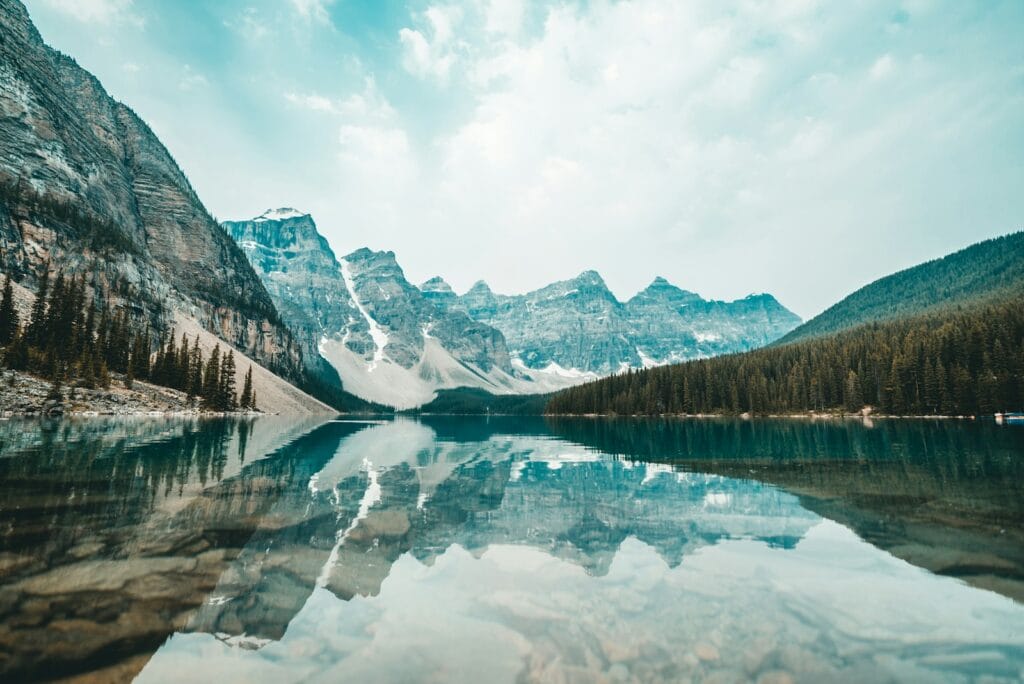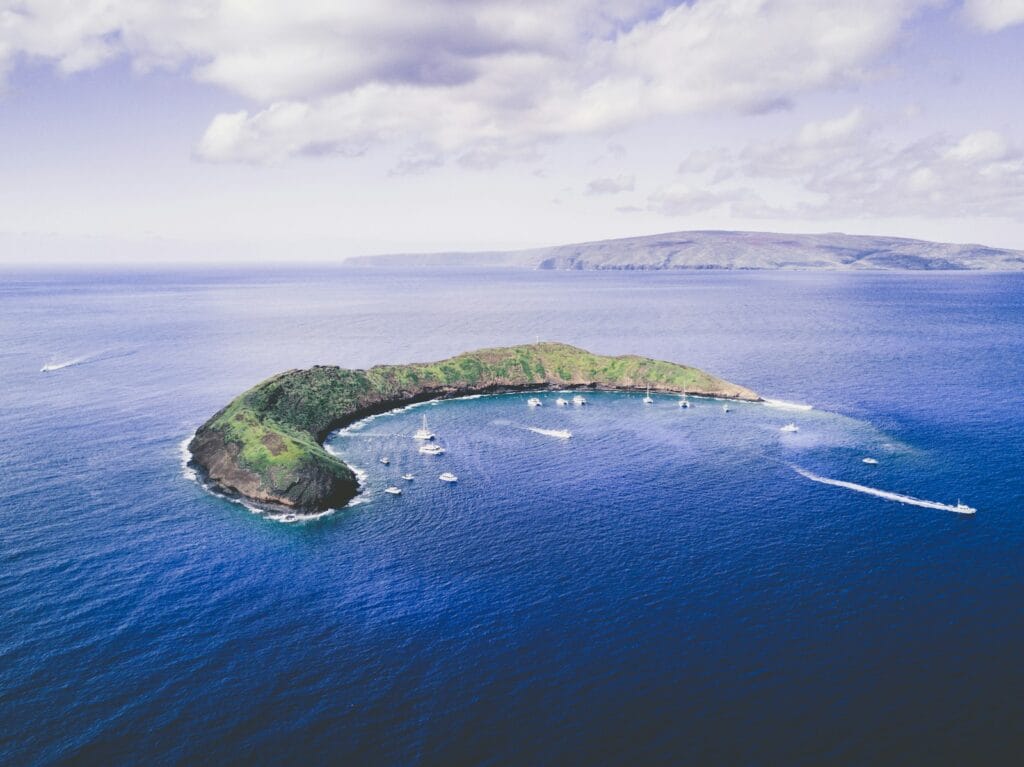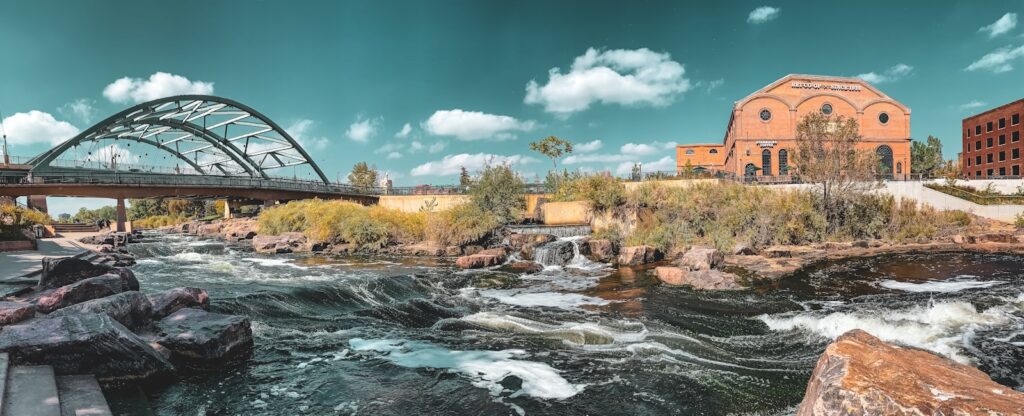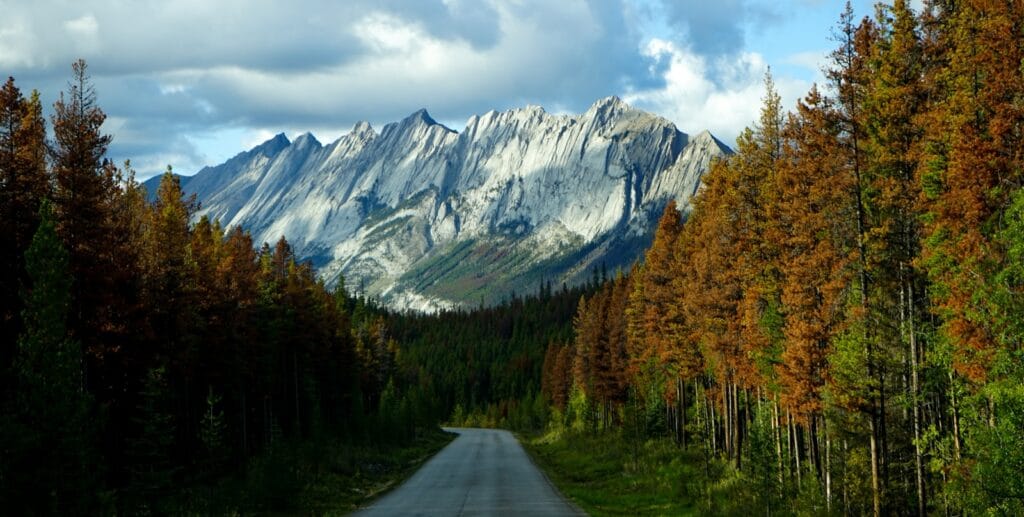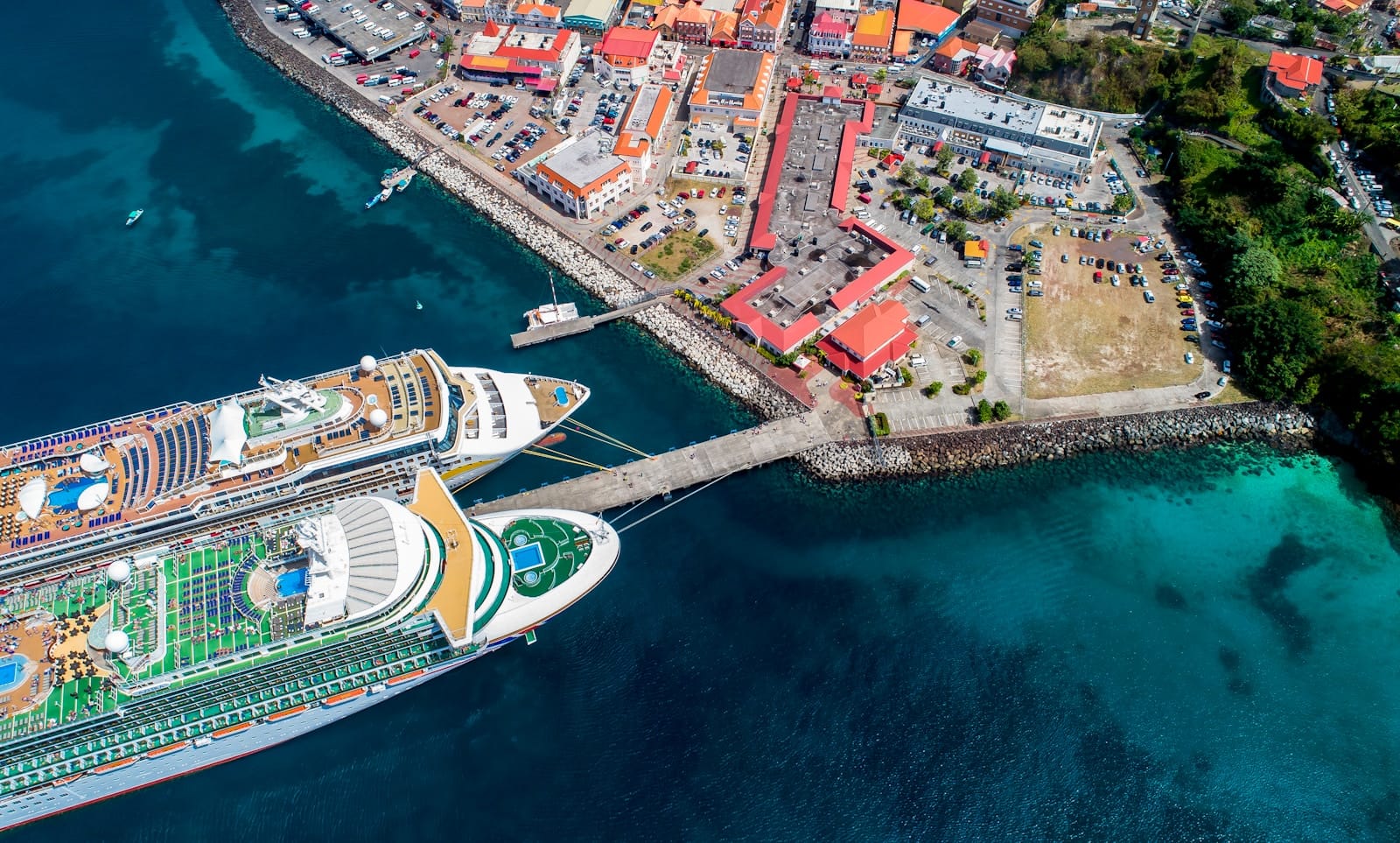El Salvador Travel Guide: Surf, Volcanoes & Soulful Cities
Intro to El Salvador Travel Guide
El Salvador is Central America’s best-kept secret — raw, real, and beautifully compact. With Pacific surf breaks, coffee-covered volcanoes, colorful towns, and Mayan ruins all within a few hours’ drive, this is a country made for spontaneous discovery.
Often misunderstood, El Salvador today is safer, more welcoming, and more travel-ready than ever before. You’ll find black-sand beaches with world-class waves, lush mountain villages cooled by pine trees, and pupuserías serving El Salvador’s beloved comfort food everywhere you turn.
Start planning your trip with this complete El Salvador Travel Guide — from curated El Salvador tours and surf town highlights to the best time to visit, travel cost breakdowns, and top things to do in El Salvador across coast, mountains, and ancient sites.
Where to Go in El Salvador
Ahuachapán | Antiguo Cuscatlán | Chalatenango | Cojutepeque | La Libertad | La Palma | La Unión | Metapán | San Miguel | San Salvador | Santa Ana | Sensuntepeque | Sonsonate | Usulután | Zacatecoluca
💡Quick Facts:
Country: El Salvador
Continent: North America
Area: 21,041 km² (8,124 mi²)
Population: ~6.4 million (2024 est.)
Density: ~304 people/km²
Capital: San Salvador
Regions/Subregions:
. Western El Salvador (Santa Ana, Ahuachapán, Sonsonate)
. Central El Salvador (San Salvador, La Libertad, Chalatenango)
. Eastern El Salvador (San Miguel, Morazán, La Unión)
Official & Regional Languages: Spanish (official); English widely used in tourism
Currency: United States Dollar (USD)
Time Zone(s): Central Standard Time (UTC-6), no daylight saving
Airports: El Salvador International Airport (SAL), Ilopango International Airport (ILS – domestic/military)
Climate: Tropical; wet season (May–Oct), dry season (Nov–Apr)
Known For: Surfing beaches (El Tunco, El Zonte), volcanic landscapes, coffee plantations, Mayan archaeological sites, Ruta de las Flores
🛂Arrival Info:
Visa-free entry for most Americas, EU, and select Asia-Pacific countries (up to 90 days).
Visa required for some African and Asian nationalities; apply at embassies or consulates.
Tourist Card (US$12) issued on arrival for eligible travelers.
Entry requirements and updates via El Salvador Immigration.
Customs: Declare amounts over US$10,000; restrictions on firearms, certain foods, and plants.
💉Health Info:
Recommended vaccines: Hepatitis A, Typhoid; consider Hepatitis B and Rabies if rural travel.
Dengue, Zika, and Chikungunya present; use mosquito protection.
Major hospitals in San Salvador and Santa Ana; rural care limited.
Emergency services available in cities; private clinics cater to travelers.
Travel insurance recommended for medical evacuation in severe cases.
✅ Check travel insurance options for travel emergencies, delays, and medical needs abroad — Get coverage here
✅ Stay Informed with Official Updates: WHO – International Travel & Health | CDC – Travel health updates
🚨Travel Advisory:
Crime rates historically high, but security has improved in recent years.
Avoid displaying valuables; be cautious in rural and border areas.
Occasional protests can disrupt transport.
✅ Stay Informed with Official Updates: US Travel Advisory | UK Foreign Travel Advice
📅Holidays:
January 1 – New Year’s Day
Holy Week (dates vary) – Semana Santa processions and events
August 1–6 – Fiestas Agostinas (San Salvador patron celebrations)
September 15 – Independence Day
December 25 – Christmas Day
💰Visitor Info:
Currency: USD; ATMs in cities, credit cards accepted in major establishments.
Tipping 10% in restaurants if not included.
Budget travel: $35–50/day; Midrange: $60–100/day; Luxury: $150+/day.
Duty-free allowance: 200 cigarettes, 2L alcohol.
✈️Airports:
El Salvador is served by a primary international airport and some domestic strips:
El Salvador International Airport (SAL) – Also known as Monsenor Oscar Arnulfo Romero Intl., located ~50 km from San Salvador.
Carriers: Avianca, American Airlines, Volaris, United, Copa.
Airport Website
Ilopango Airport (ILS) – Domestic and private flights near San Salvador.
New Pacific Airport – Under construction as a future secondary hub.
✅ Delayed or canceled flight? Check if you’re eligible for compensation
🚍Transport:
Buses and minibuses common for intercity travel; routes numbered.
Taxis and Uber available in San Salvador.
Driving on the right; IDP recommended for rentals.
Domestic flights limited; most travel by road.
✅ Book reliable airport transfers and in-city rides in advance. Reserve your ride here
📶Connectivity:
SIM cards from Tigo, Claro, Movistar available at airports and malls.
Good 4G in urban areas; rural zones may have weaker coverage.
Public Wi-Fi in hotels and cafés.
✅ Stay connected abroad with affordable eSIM data packs. Get your eSIM here
📜Laws & Etiquette:
Drinking Age: 18
Cannabis: Illegal for all uses
Dress Code: Casual, but modest in rural and conservative areas
LGBTQ+ Status: Legal, but conservative culture — be discreet outside urban zones
Cultural Tips: Greet with a handshake; show respect when discussing politics or religion
🛡️Emergency Info:
Police: 911
Fire: 913
Ambulance: 132
Tourist Police (POLITUR): Active in major tourism areas and beaches
Hospitals: Hospital Nacional Rosales, Hospital La Mujer, and private facilities in San Salvador
Carry ID or a copy of your passport when traveling around the country
✅ Use embassy locator tools: Embassies Worldwide
🌦️Weather:
Dry Season (Verano): November–April — sunny and warm
Wet Season (Invierno): May–October — heavy afternoon showers, especially inland
Temperatures:
Coastal: 28–34°C (82–93°F)
Highlands: 18–26°C (64–79°F)
Best time to visit: November to March — great weather for beaches and volcano hikes
✅ Stay prepared—check the weather forecast for your destination — Weather Forecast
El Salvador by Region – Where to Go
Though small in size, El Salvador offers impressive geographic and cultural diversity packed into its departments.
La Libertad (Central Pacific Coast)
- El Tunco – The country’s surf and backpacker capital, with beach bars and mellow waves.
- El Zonte – A quieter, boutique surf town attracting digital nomads and expats.
- Sunzal & La Bocana – Known for consistent right-hand waves and salty sunsets.
San Salvador Department
- San Salvador City – The modern capital with colonial plazas, volcano views, and local nightlife. Base for museums and day trips.
- El Boquerón Volcano – A scenic crater hike just outside the capital with cool breezes and sweeping valley views.
Santa Ana Department (Western Highlands)
- Santa Ana – A vibrant colonial city near volcanoes, lakes, and coffee farms. Home to a striking neo-Gothic cathedral.
- Santa Ana Volcano (Ilamatepeq) – A popular day hike with a surreal turquoise crater lake at the summit.
- Lago Coatepeque – A scenic crater lake popular with locals for weekend escapes.
Ahuachapán Department
- Ruta de Las Flores – A charming string of towns like Juayúa, Apaneca, and Ataco, known for murals, food festivals, and artisan markets.
- Cerro Verde National Park – Lush hiking trails and panoramic volcano views.
La Unión Department (Eastern El Salvador)
- Gulf of Fonseca – Island-hopping in a quiet Pacific bay shared with Nicaragua and Honduras.
- Conchagua Volcano – Camp above the clouds for sunrise views of the ocean and islands.
Morazán Department (Northeast Highlands)
- Perquín – A former guerrilla stronghold now home to the Museum of the Revolution and eco-trails through lush, misty highlands.
- El Mozote – Site of a sobering but essential memorial to civil war atrocities.
Top Places to Visit in El Salvador
Beach & Surf Destinations
- El Tunco & El Zonte – The heart of El Salvador’s surf culture.
- Las Flores (San Miguel) – A right-hand reef break loved by surfers worldwide.
- El Cuco – Laid-back beach escape with fishing boats and coastal beauty.
Colonial & Cultural Towns
- Suchitoto – Cobblestone streets, art galleries, and lake views in a town often called the “Antigua of El Salvador.”
- Ataco & Juayúa – Mural-covered villages along the Ruta de Las Flores with food festivals and local coffee.
Natural Wonders
- Santa Ana Volcano – A rewarding hike with one of Central America’s most photogenic craters.
- Lago Coatepeque – A blue-green volcanic lake perfect for paddleboarding or lounging.
- El Imposible National Park – A protected rainforest teeming with birds and waterfalls.
Historical Sites
- Joya de Cerén – A UNESCO World Heritage Site often called the “Pompeii of the Americas.”
- San Andrés & Tazumal – Mayan ruins showcasing El Salvador’s ancient legacy.
- El Mozote Memorial – A powerful place to reflect on the country’s recent history.
How to Choose Where to Go in El Salvador
- For surf and beach culture: Stay on the La Libertad coast, especially El Tunco, El Zonte, or Las Flores.
- For culture and colonial charm: Head to Suchitoto, Ataco, or Santa Ana for galleries, crafts, and festivals.
- For nature and hiking: Explore Santa Ana Volcano, El Imposible, or Cerro Verde.
- For history and reflection: Visit Joya de Cerén, Tazumal, and El Mozote.
Pair beach days with highland hikes or route your journey along the Ruta de Las Flores for the perfect cultural circuit.
How to Get Around El Salvador
Transport is improving rapidly, but local navigation still takes planning:
- Private Shuttles – Ideal for moving between coast, city, and highlands with comfort.
- Local Buses (Chicken Buses) – Cheap and colorful, but confusing for first-timers; best for short distances.
- Car Rentals – Good for flexibility on the Ruta de Las Flores or mountain roads. Drive cautiously.
- Taxis & Uber – Uber operates in San Salvador and La Libertad; taxis are negotiable and cash-based.
- Tour Packages – Many travelers opt for day tours from San Salvador to volcanoes, ruins, and lakes.
Travel Budget & Costs in El Salvador
Estimated Daily Budget:
- Budget travelers: $25–45/day (hostels, local buses, street food)
- Mid-range: $60–100/day (hotels, guided tours, private transfers)
- Luxury: $150–250/day (boutique resorts, car rental, private guides)
Sample Prices:
- Pupusa: $0.50–$1
- National park entry: $1–$3
- Volcano hike with guide: ~$15–30
- Beach hotel (mid-range): $40–80/night
- Surf lesson: ~$25/hour
Money-saving tips:
- Eat at pupuserías and markets
- Travel in low or shoulder season (May–June, Sept–Oct)
- Take shared shuttles between popular hubs
Best Time to Visit El Salvador
Dry Season (November–April):
- Best weather for beaches, volcano hikes, and long drives.
- Warm days, cool nights in the highlands.
Green Season (May–October):
- Lush landscapes and fewer tourists.
- Afternoon rains are common but usually short.
Peak Festivals:
- Semana Santa (Easter Week) – Beach towns are busy and festive.
- August Festival in San Salvador – Religious parades and public celebrations.
- Food Festival in Juayúa – Every weekend, year-round.
Must-See Experiences in El Salvador
- Hike to the top of Santa Ana Volcano, peer into its neon crater
- Camp on Conchagua Volcano and wake up above the clouds
- Ride the Koman Lake-style ferry across Lago Suchitlán in Suchitoto
- Taste pupusas fresh off the griddle, ideally with curtido and salsa roja
- Wander the flower-lined streets of Ataco, camera in hand
- Catch waves at El Tunco, or relax on a hammock in El Zonte
- Visit Joya de Cerén, a pre-Hispanic village preserved by volcanic ash
- Zipline through coffee plantations in Apaneca
Explore unforgettable El Salvador tours and find authentic things to do in El Salvador with local operators.
Best Travel Itineraries in El Salvador
Quick Adventure – 5 Days
- El Tunco → Santa Ana Volcano → Lake Coatepeque
Great for active travelers with limited time.
Culture & Coast – 7 Days
- San Salvador → Ruta de Las Flores → El Zonte
Balanced with nature, color, and ocean air.
Full Immersion – 10 Days
- El Tunco → Suchitoto → Santa Ana → Conchagua
Perfect for surf, history, volcanoes, and soulful towns.
El Salvador + Guatemala – 14 Days
- El Tunco → Ataco → Santa Ana → Antigua (Guatemala)
Combine two culturally rich nations in one seamless route.
Local Cuisine & Culinary Experiences
Bold, homey, and comforting, Salvadoran food is built on maize, beans, and cheese — with regional surprises.
Must-Try Dishes
- Pupusas – Thick corn tortillas stuffed with cheese, beans, pork, loroco, or squash
- Yuca frita con chicharrón – Fried cassava with crispy pork
- Tamales de elote – Sweet corn tamales, steamed in husks
- Pan con pollo – Hearty chicken sandwich with tomato sauce and pickled veggies
- Sopa de gallina india – Homemade chicken soup with rice and tortillas
Drinks:
- Horchata – Rice or seed-based sweet drink
- Atol de elote – Warm corn drink, especially in the highlands
- Pilsener or Suprema – Popular Salvadoran beers
Try a cooking class, food tour in San Salvador, or eat your way through the Juayúa food festival.
Travel Safety & Cultural Etiquette in El Salvador
Safety Overview
- El Salvador is much safer than its past reputation, especially for tourists.
- Petty theft can occur — use caution in cities and markets.
- Avoid nighttime travel between cities or in remote areas.
Cultural Etiquette
- Greet with a handshake or “Buenas” (short for buenos días/tardes)
- Modest dress is appreciated in rural or religious areas
- Tipping isn’t expected but welcomed (10% in restaurants)
- Ask before taking photos of people, especially vendors or police
Respect is deeply valued — Salvadorans are proud, warm, and often eager to show you their country’s new story.
Where to Go Next – Pair El Salvador with These Destinations
- Guatemala – Land crossings via Chalchuapa or San Cristóbal make Antigua an easy addition.
- Honduras – Visit Copán Ruins or explore Caribbean islands via La Unión ferry to Roatán.
- Nicaragua – Head south via Gulf of Fonseca, then explore León or Granada.
- Costa Rica – Accessible by air, perfect for adding eco-luxury to your trip.
- Mexico – Direct flights to Mexico City make it an excellent long-haul pairing.
Guatemala Travel Guide | Honduras Travel Guide | Nicaragua Travel Guide | Mexico Travel Guide | Costa Rica Travel Guide
Final Planning Checklist for El Salvador
- Check visa policy (most countries receive 90 days visa-free)
- Use USD, the national currency — no exchange needed
- Book volcano hikes and transport in advance during weekends or holidays
- Bring sunscreen and bug spray, especially for coastal and lake areas
- Download offline maps and WhatsApp for communication and coordination
- Use filtered water or bottled; avoid ice in rural areas
- Carry small bills for markets and tips
- Practice basic Spanish phrases — they go a long way
Explore El Salvador with confidence using our trusted tips, local insights, and region-by-region planning tools.
For more expert travel tips, practical strategies, and trusted tools — visit our Homepage and get inspired for your next trip.

